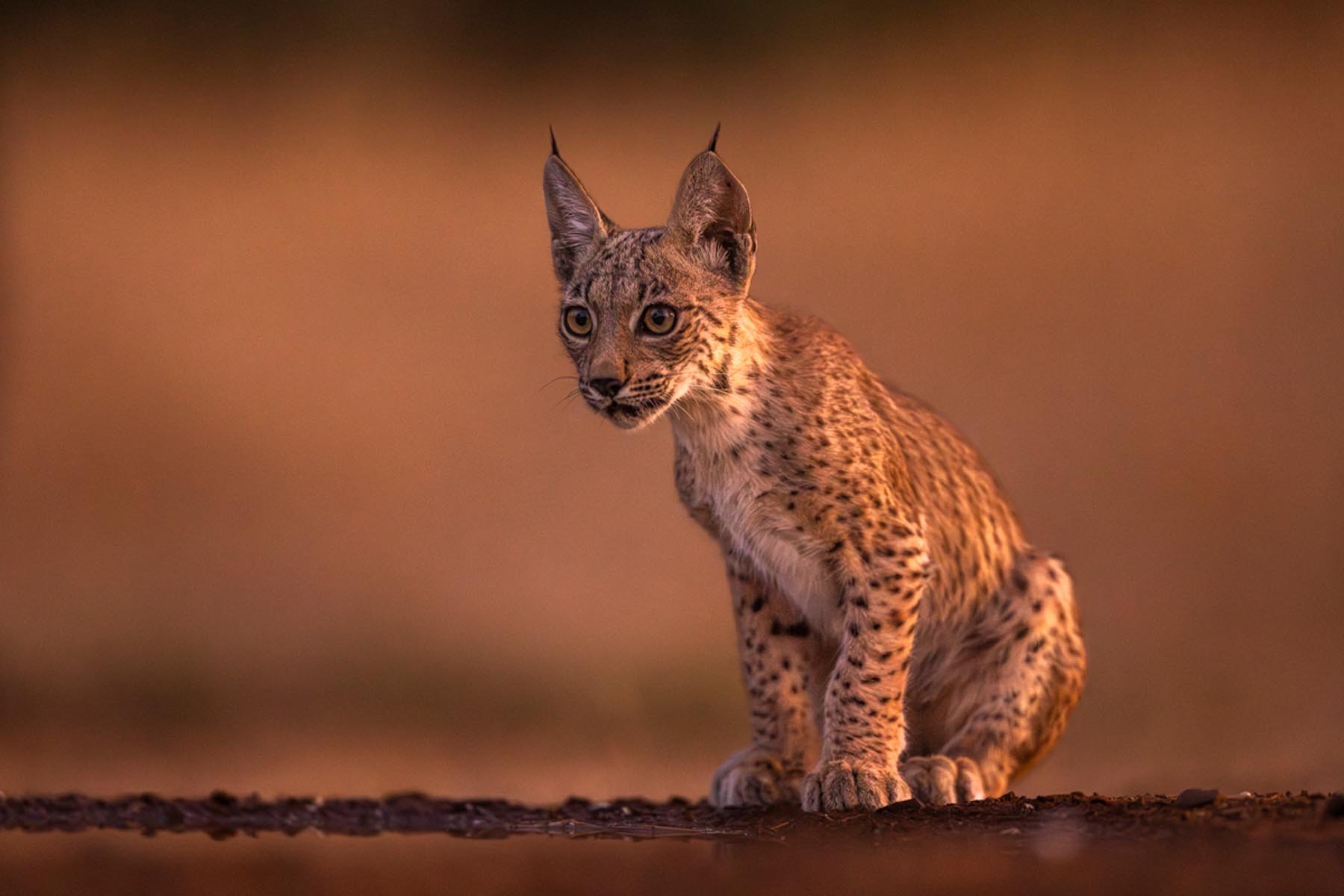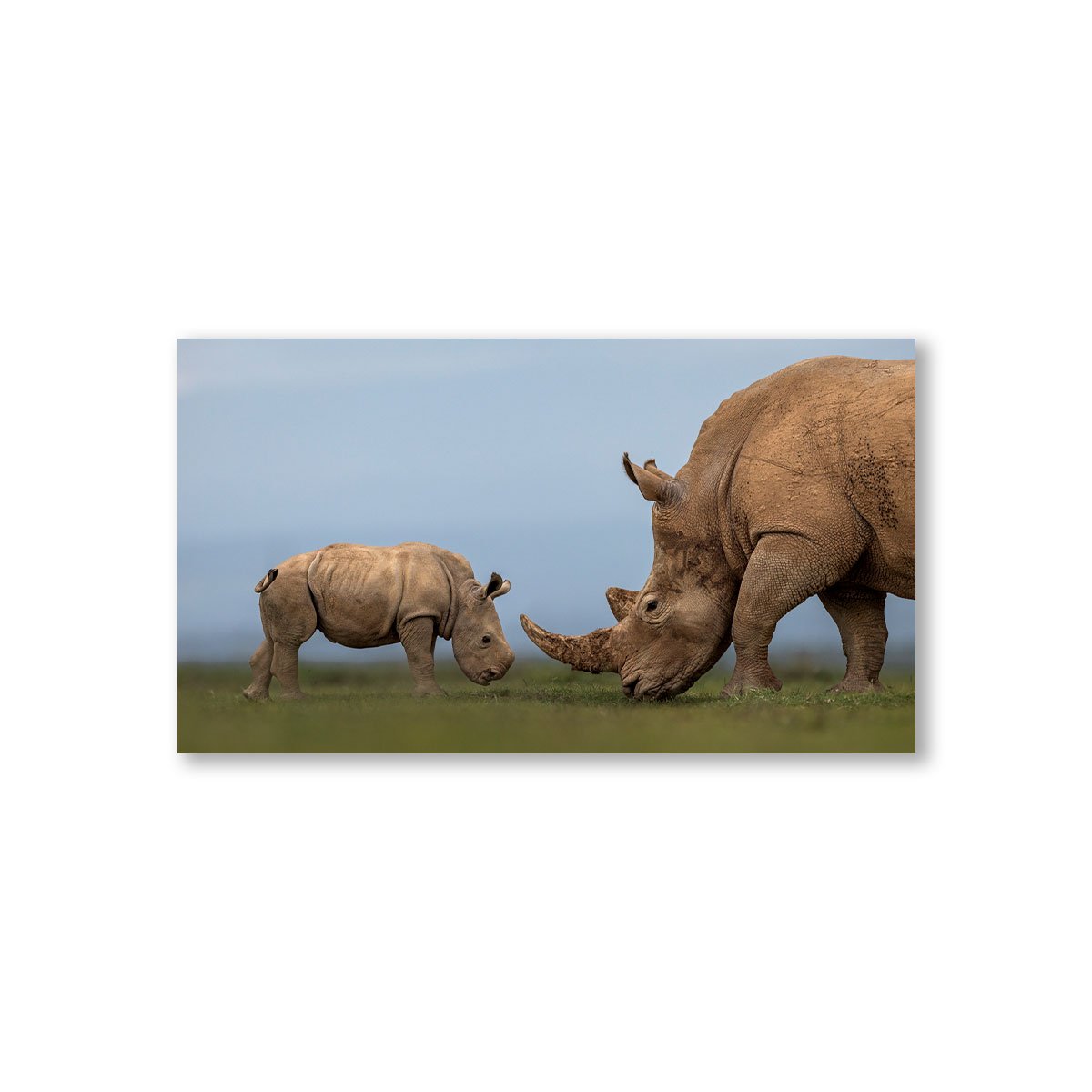IBERIAN LYNX: SAVING A SPECIES
One species on my bucket list to see last year was the Iberian Lynx. After researching best places to see them I travelled to Penalajo in Spain in July, with the hope of getting some good sightings.
The photo tour started off well with a sighting of a mum & her kitten just before sunrise. I managed to get a couple of portraits with some very high ISO’s, so hoped to get better images later in the morning. Unfortunately, the next few days drew a blank in the hides I was in, though other hides in Penalajo had much more success. It’s the luck of the draw at times especially with wildlife.
In fact, my best sighting was this image of one of the kittens sitting in the windowsill of an abandoned farmhouse that the mother had used as her den site. Our guide had seen the mother & her kitten whilst coming to collect us after the end of our morning session, so we packed up our gear quickly in the hope that they were still there. Luckily, the kitten was very relaxed & so I was able to get this image whilst shooting from the car window.
However, whilst my luck didn’t entirely come together on this trip what I found more important & inspiring was the incredible conservation success story for Lynx that is encouraging so many photographers to come to this area.
Just over two decades ago, the Iberian Lynx was down to fewer than 50 mature animals in two tiny locations in the Andalusia region of Spain. Years of declining wild rabbit populations, habitat destruction, inbreeding and deaths from ‘non-natural’ causes - including hunting and roadkills - had left the species teetering on the brink of extinction
With the help of the WWF, landowners & other dedicated conservation teams across Spain the numbers of Lynx have gone from less than 100 to several hundred in the space of 20 years & the Penalajo estate is now a prime breeding location for this rare cat.
In 2015, the IUCN Red List down-listed the Iberian lynx from Critically Endangered to Endangered, and in June 2024 the Iberian lynx was officially down listed from “Endangered” to “Vulnerable” on the IUCN Red List of Threatened Species, underlining the species’ monumental recovery from near extinction only 20 years ago. This is a remarkable story of resilience & is an encouraging sign for conservation of wild cats. It is also a testament to the effectiveness of using ecosystem restoration to protect species from extinction.
So whilst on this visit to Penalajo I didn’t quite get some of the sightings of Lynx that I was hoping for, I did try & capture some interesting portraits of rabbits that are integral to the survival of lynx. Historically, wild rabbits were highly abundant on the Iberian peninsula. But two contagious viral diseases (particularly myxomatosis) decimated the population. So one of the initiatives in Penalajo has been to restock rabbits across the estate.
And if you don’t first succeeds then try again & that’s what I’m doing, revisiting Penalajo for an increased number of days In July to increase my chances of getting the images that I have on my wishlist & see this remarkable wild cat one more time.










